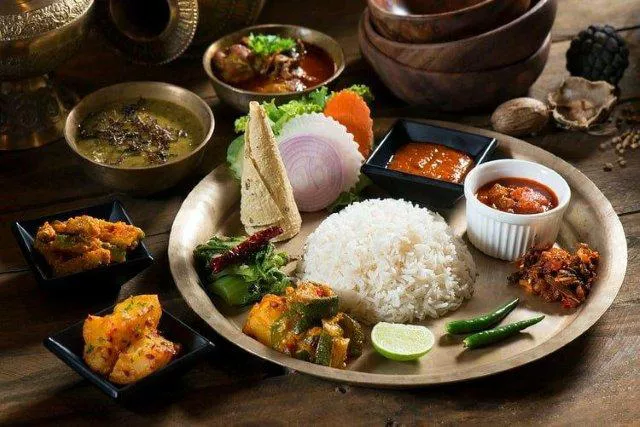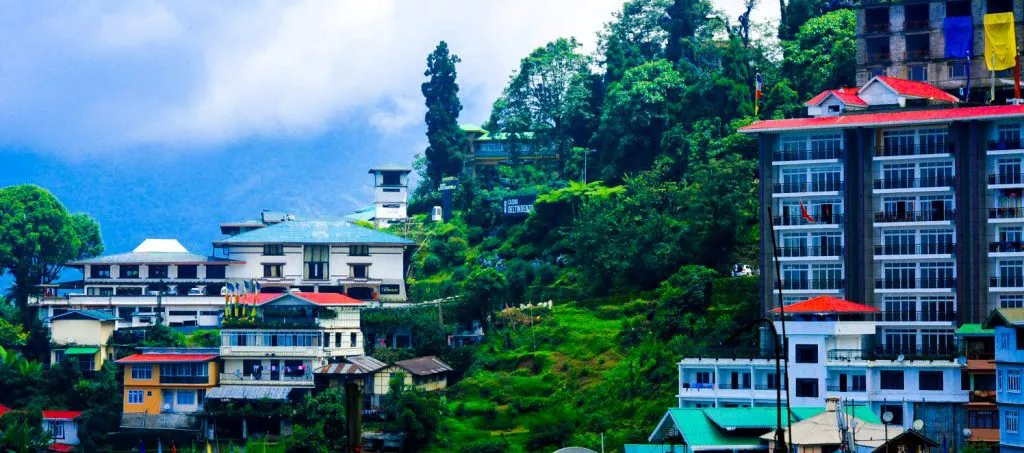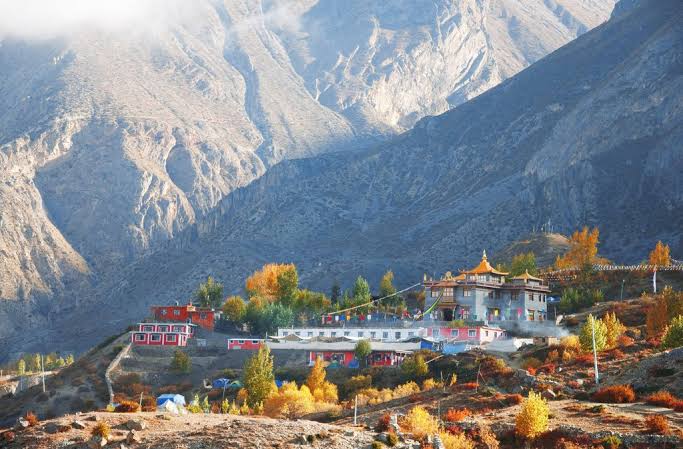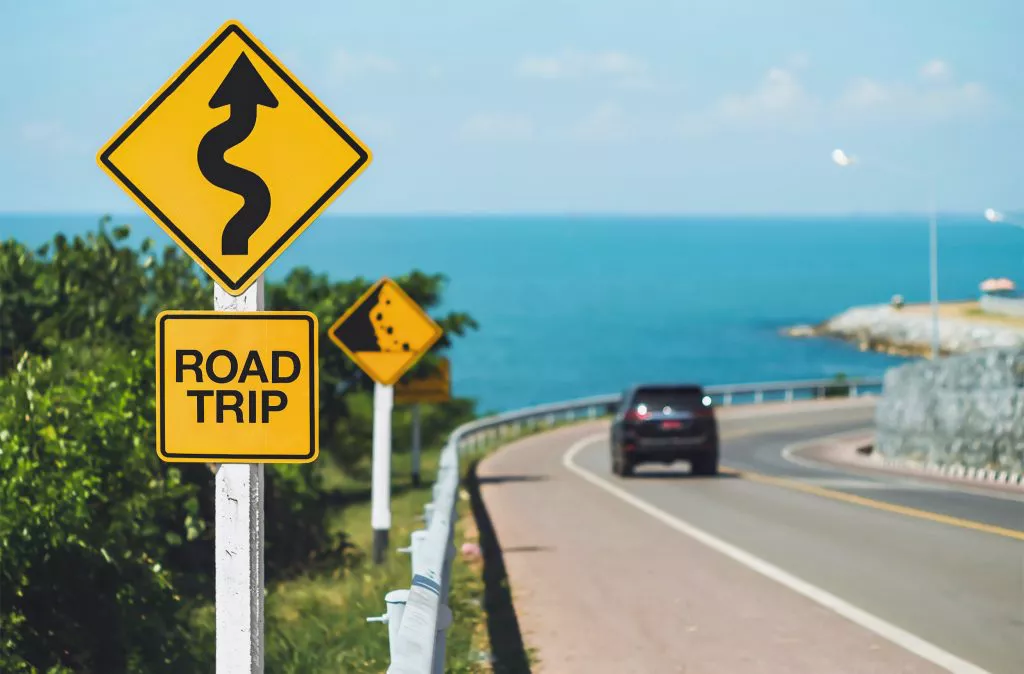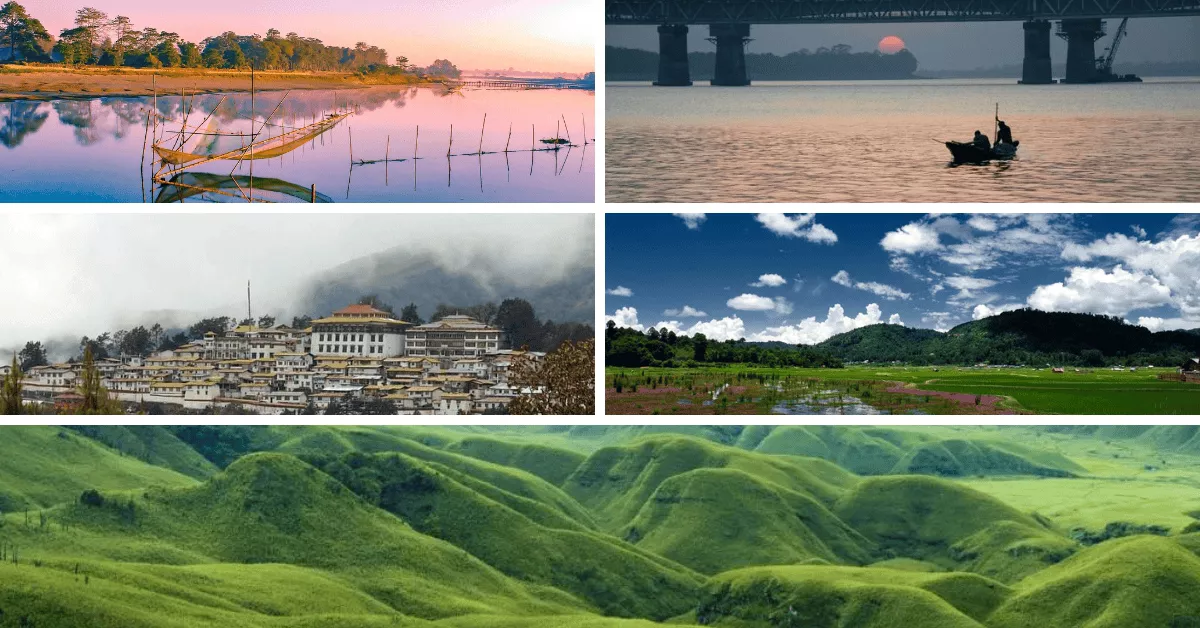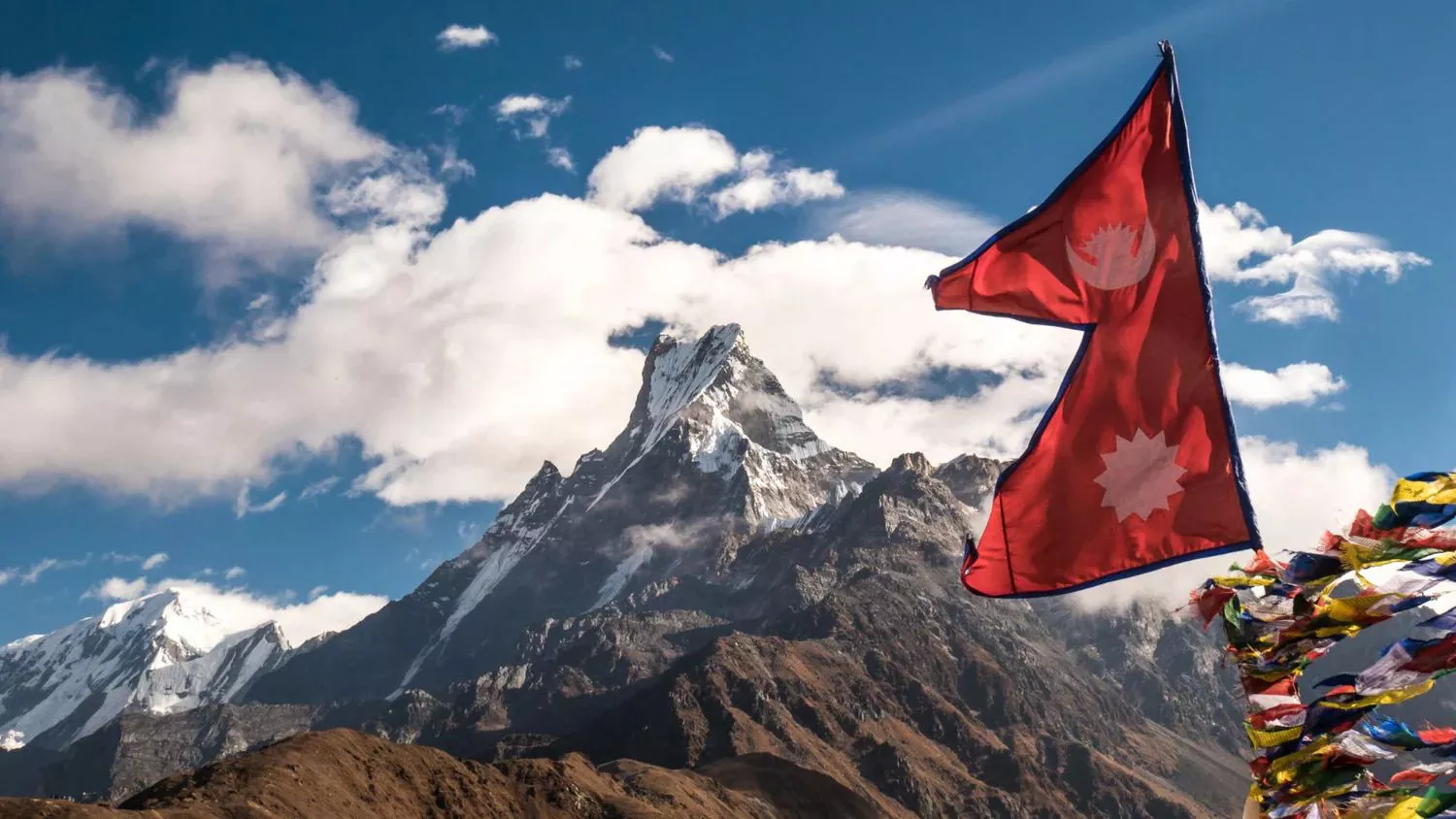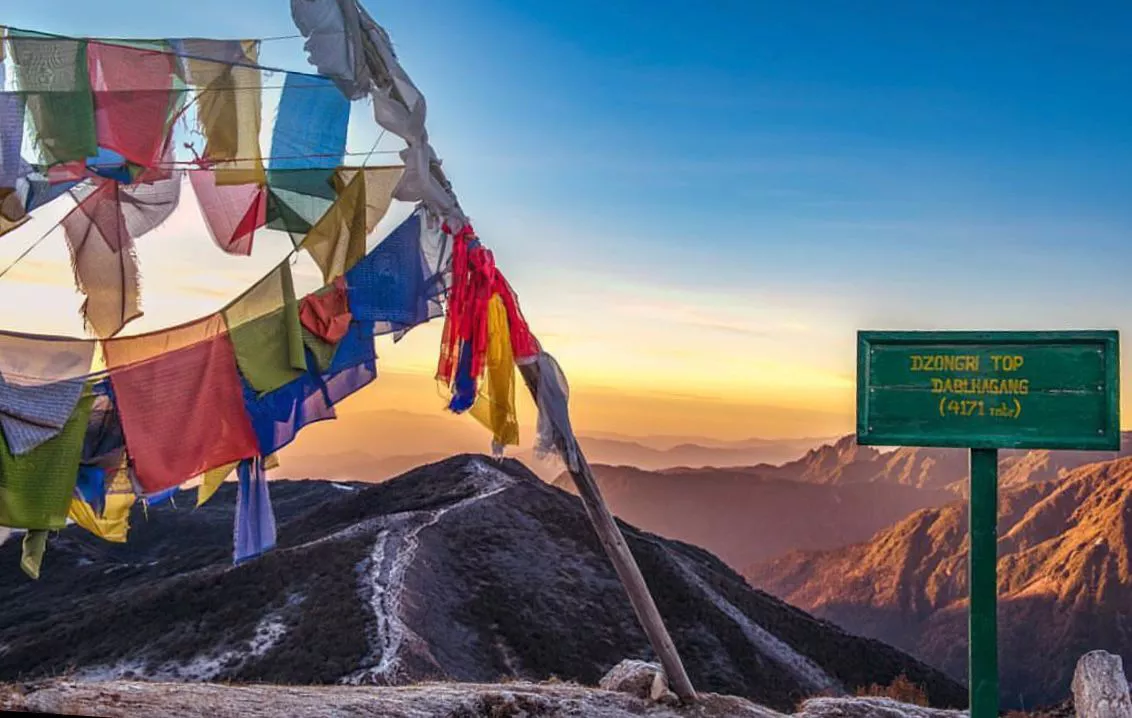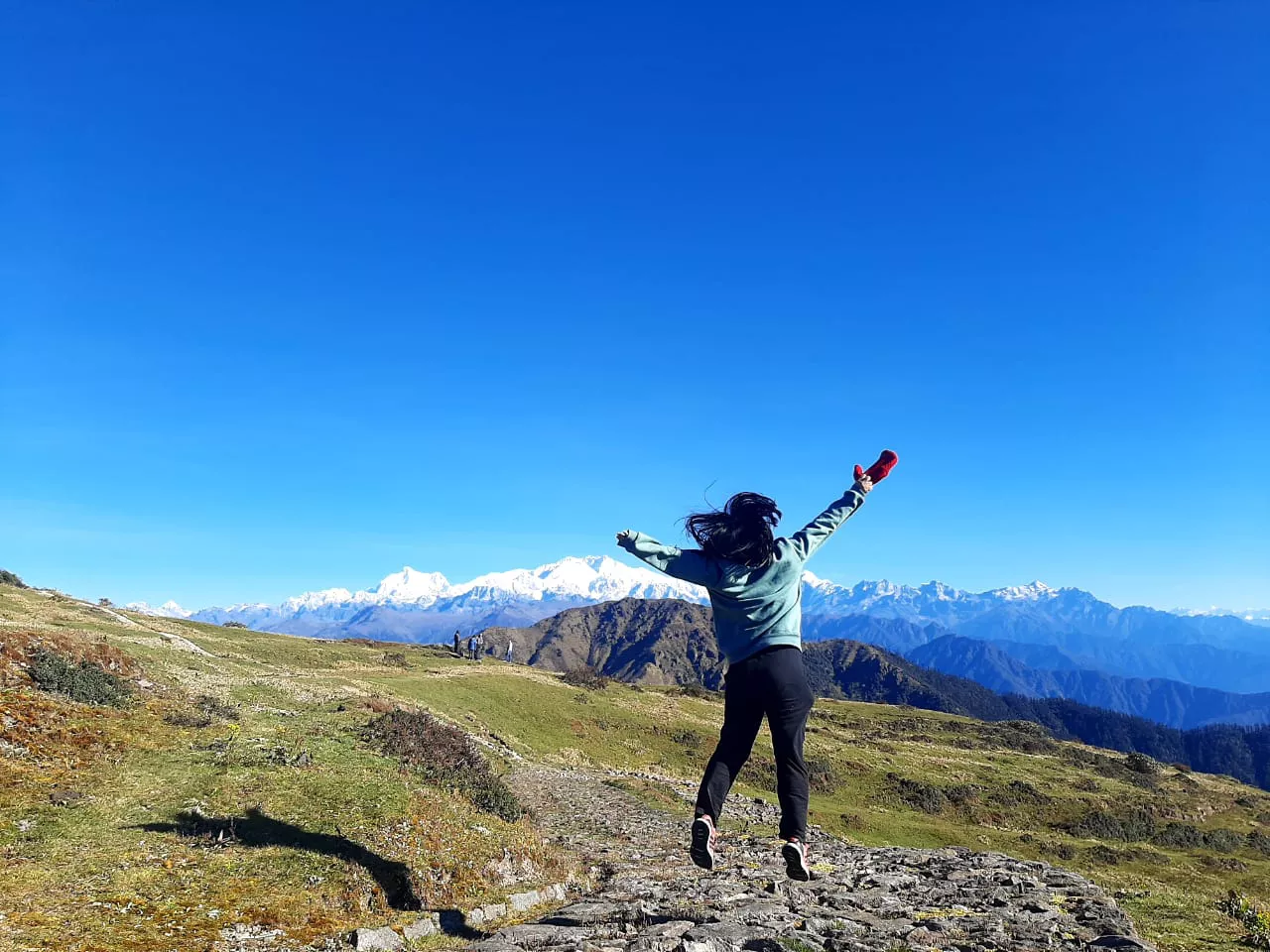
The Sandakphu trek is special because it’s like no other in the world.
This trek provides an unparalleled view of some of the highest peaks that dominate the Himalayas, which includes Mt. Everest, the highest peak in the world and Mt. Khangchendzonga, Lhotse and Makalu, the third, fourth, and fifth highest peaks in the world.
The Khangchendzonga range forms the Sleeping Buddha that is a constant companion during the first few days of the trek. This is replaced by the more profound view of Mt. Everest from Sandakphu.
BASIC INFO
Altitude: 11,930 ft.
Difficulty: Moderate (Due to long walking hours; sometimes upto 7 hours a day)
Duration: Depends on the starting trek point (between 3-7 days).
Mobile network: None.
Accommodations: Tea houses, lodges, and tents.
Best time to trek: Apr, May, Oct-Dec
Suitable for: Beginners and seasoned trekkers
UPCOMING TREK DATES (2022):
October: 2nd, 9th, 23rd
November: 6th, 13th
TREK ROUTE
The trek route is highly interesting too. Situated on the Indo-Nepal border, it zips through both territories and passes through tiny villages on both sides. The village inhabitants are welcoming and provide the needed rest spots on the trek.
Blog post: 5 tempting reasons to add Sandakphu Trek to your bucket list
Trekking in Different Seasons
The Sandakphu trek provides different vistas at different times of the year. From the sighting of spring flowers at the beginning of the year to autumnal hues and snow towards the end, the trek route gradually transforms with the passing of seasons.
Sandakphu trek in spring/summer
Springtime is all about witnessing pretty flower blooms along the trail. Red and pink rhododendrons and white magnolias dominate the landscape from March-May. However, there might be the occasional showers that obscure views of the mountain ranges, which might be a dampener.
The temperature ranges between 15⁰C-20⁰C.
Sandakphu trek in autumn
The autumnal months starting end of September till beginning of November is the best time to enjoy uninterrupted views of the mountain ranges as the air is crisp and the days are bright and sunny. The surroundings too are photogenic with pleasant autumn colors dominating the landscape. It’s a good time to do birdwatching, so make sure you carry a pair of binoculars if you’ve timed your trek at this time. A word of caution though: Since the weather is perfect and it’s also vacation time for many, you will find a lot of people on the trail.
Sandakphu trek in winter
The winter months from mid-November-December let you experience the gradual change in season on the trekking trail, as the temperatures start to drop considerably and you feel the winter setting in around you and the peaks are more snow-laden. The sunrises and sunsets are phenomenal and there are chances of mild snow on the trail, which is another great reason to do this trek at this time.
PHOTO GALLERY
ITINERARY
Day 1. Drive from Maneybhanjang to Tumbling (13 km/5 hr)
The path to Tumling leads through oak and rhododendron trees. From Tumling, you can see the Khangchendzonga range and the city of Darjeeling.
Day 2. Tumling - Kalapokhri (13 km/5 hr)
The trail from Kalapokhari via Gairibas leads uphill through bamboo and mixed forests and crop fields.
Day 3. Kalapokhri to Sandakphu (5 km/3 hr)
Trek on an even trail to Bikhebhanjyang (or ‘Valley of Poison’). From here, it’s a steep climb over 4 km to Sandakphu. From here, Mount Everest, Khangchendzonga, Lhotse, and other majestic peaks are visible.
Day 4. Sandakphu - Rimbick (18 km/6 hr)
The trail to Rimbick is covered with bamboo, rhododendron, and other lush trees. After about 5 hours of walking, you will reach Rimbick village.
Day 5. Departure
Note: TourGenie can arrange transportation to Maneybhanjang from the airport or railway station or from Gangtok and likewise the drop.
STAYS
To ensure comfort during the trek, you will be accommodated in lodges. Unlike tea houses that are too basic in terms of beds and washrooms, lodges provide basic and hygienic amenities.
HOW TO PREPARE FOR THE TREK
(1) What to carry (essentials)
• Suitable layered clothes depending on the season.
• Good hiking boots (if new, then broken into for at least 2 weeks)
• 2 L water bottle (there are places along the trail where you can refill them)
• Good-sized backpack
• Trekking pole (not necessary but will be helpful during steep climbs)
• First-aid kit (just in case)
(2) Fitness
The Sandakphu trek is a moderate trek and reaches an altitude of 12,000 ft. There is a bit of steep climbing involved and walking distances are on an average of 5 hours every day, hence, some level of fitness is required for this trek.
To get in the best of shape for this trek, include running/brisk walking in your everyday routine and throw in a few exercises such as goblet squats, downhill lunges, and step-ups.
(3) Mandatory documents
Original and photocopy of identity card
4 passport-size photographs
FIRST-ACCOUNT TREKKER EXPERIENCES
Sandakphu Trek in April: An Encounter with Picture-Perfect Rhododendrons
